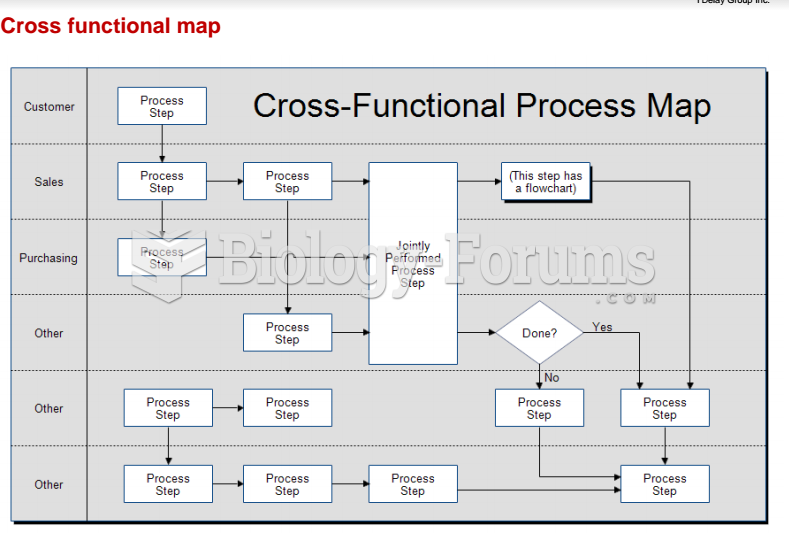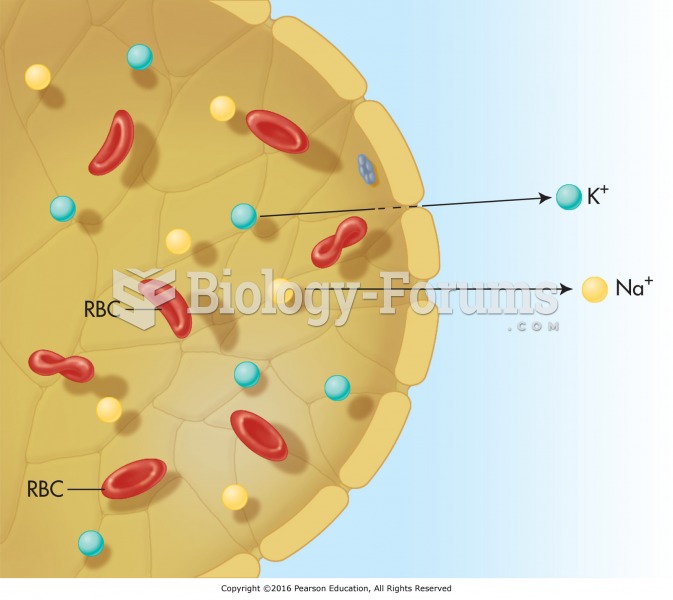Answer to Question 1
Correct Answer: 1,2,3,4
Rationale 1: The nursing process has distinctive characteristics that include being dynamic so as to respond to clients' ever-changing needs.
Rationale 2: The nursing process has distinctive characteristics that include being client-centered, as evidenced by actions such as acting as the client's advocate.
Rationale 3: The nursing process has distinctive characteristics that include decision making that enables the nurse to respond to the changing health status of the client.
Rationale 4: The nursing process has distinctive characteristics that include universal applicability of care.
Rationale 5: This is a nursing responsibility but not necessarily a characteristic of the nursing process.
Answer to Question 2
Correct Answer: 1,4,5
Rationale 1: Communication guidelines for a therapeutic interview would include establishing eye contact, since doing so shows interest and focus on the client.
Rationale 2: Communication guidelines for a therapeutic interview would not include the avoidance of silence, since silence has therapeutic value.
Rationale 3: Communication guidelines for a therapeutic interview would not include personal experiences or opinions, since they can be viewed as a form of pressure by the client.
Rationale 4: Communication guidelines for a therapeutic interview would include sitting at the client's eye level, since doing so helps create a sense of equality between the nurse and client.
Rationale 5: Communication guidelines for a therapeutic interview would include assuming a relaxed posture, since doing so conveys a non-threatening environment.







